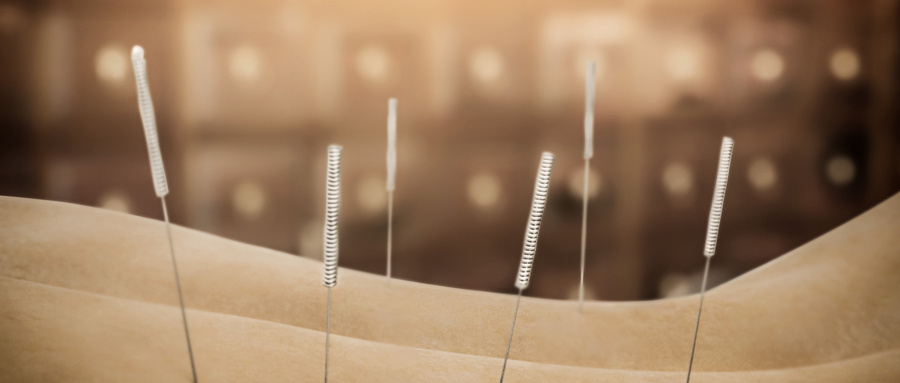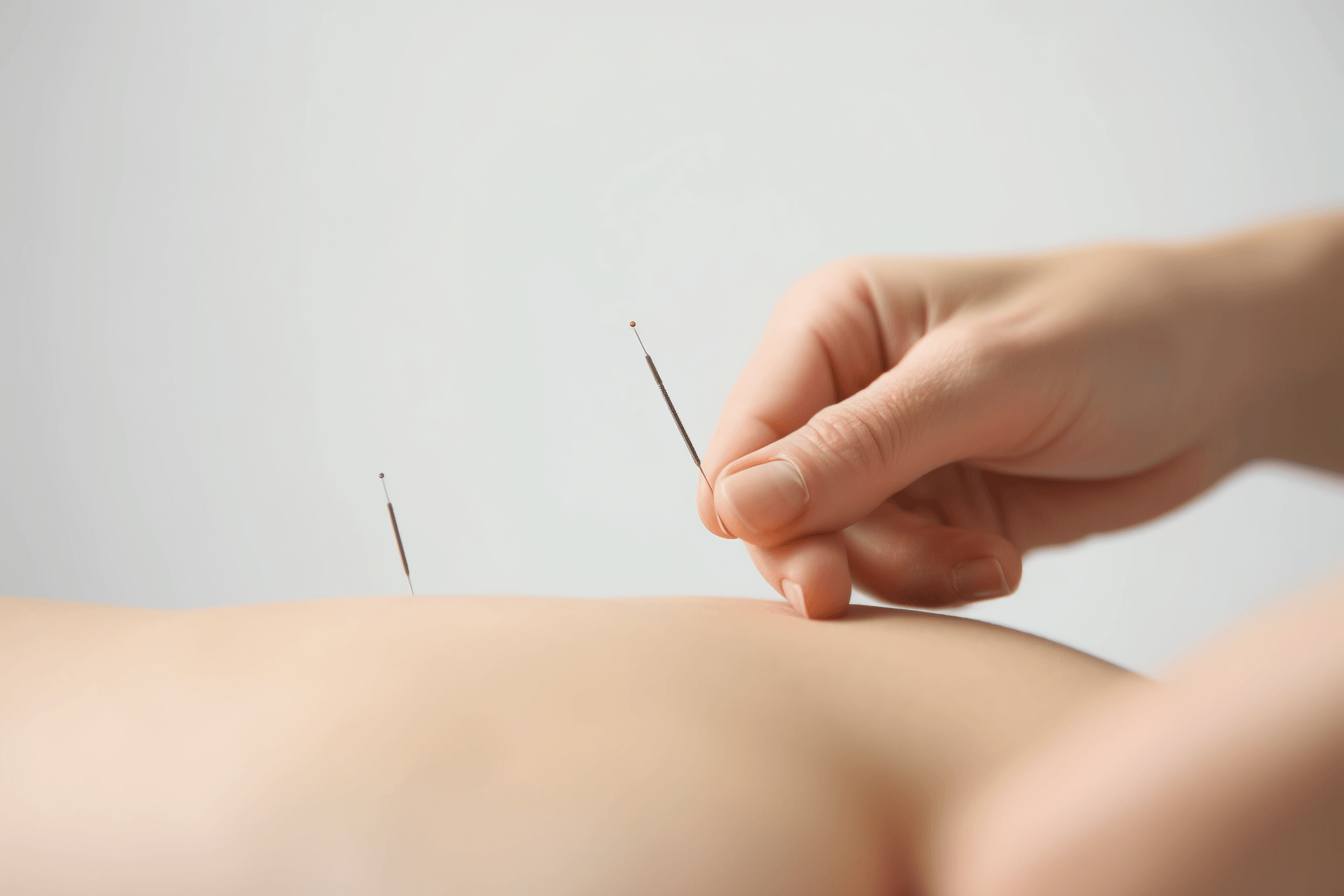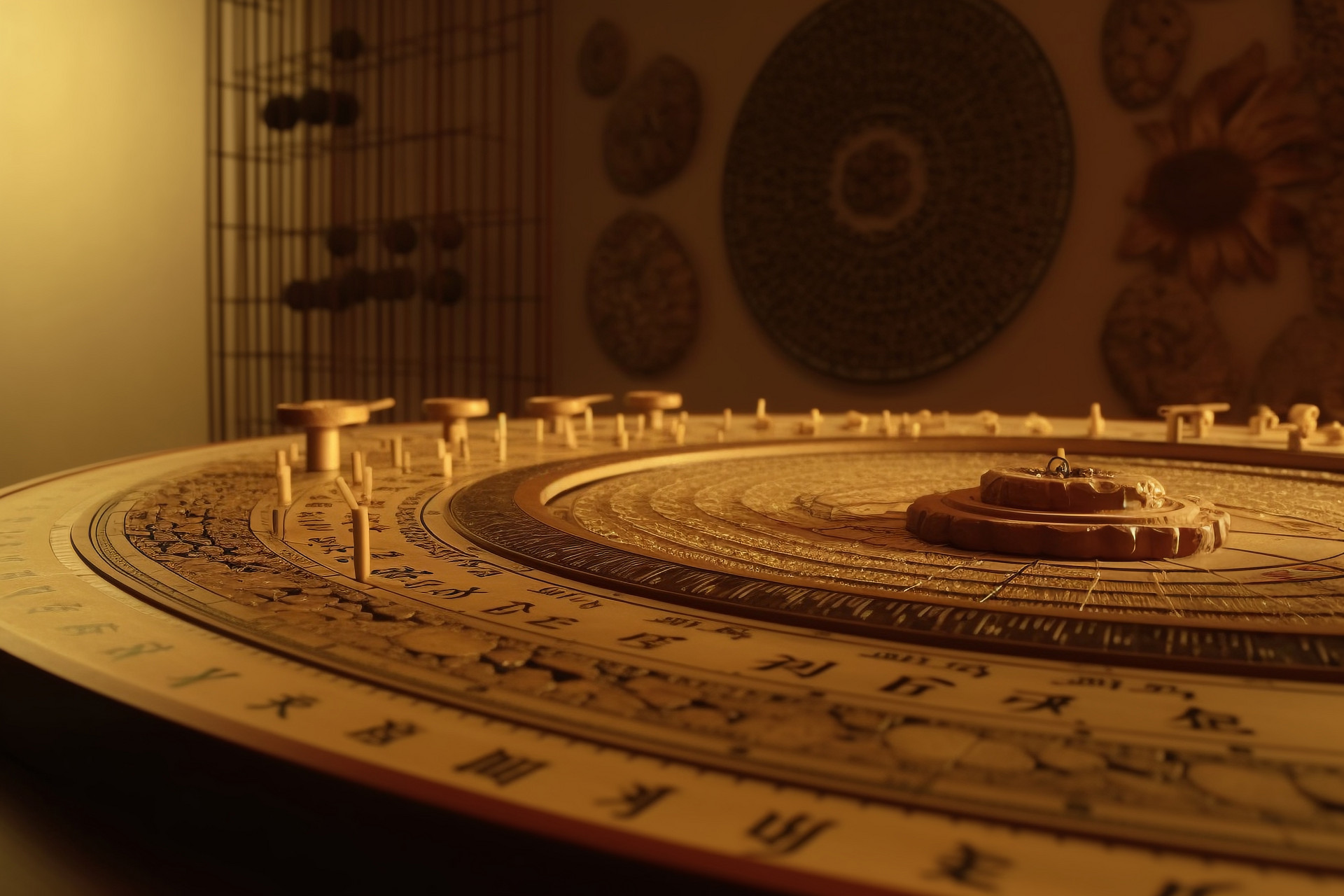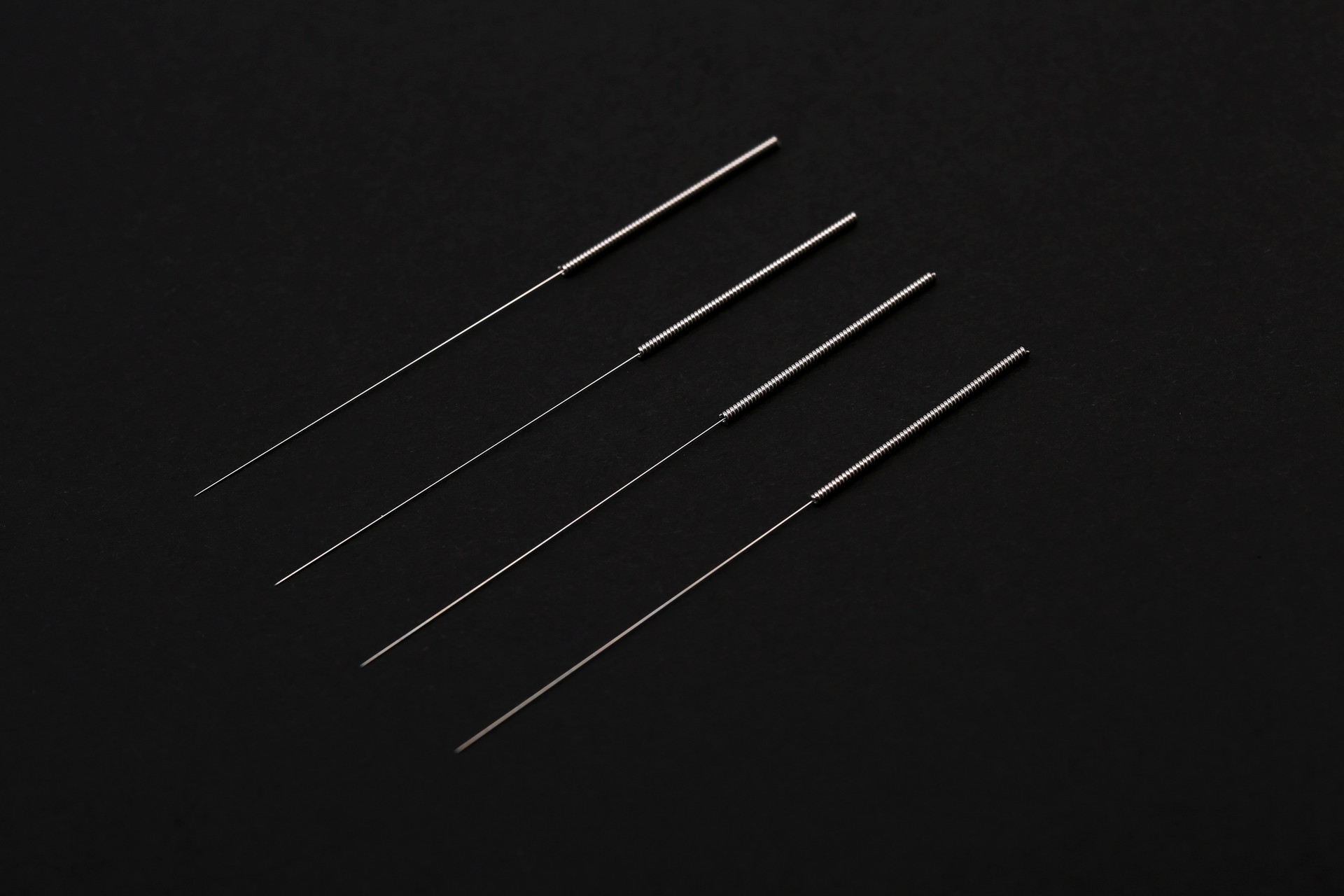Acupuncture has been one of the main methods of treatment in traditional Chinese medicine since ancient times. Back then, without the invention of electricity, acupuncture treatment relied solely on the skills of manual manipulation, which easily led to errors. In modern times, with the advancement of technology, traditional Chinese medicine experts have invented a method called electroacupuncture, which uses electricity to stimulate the acupuncture points for treatment. So, what exactly is electroacupuncture? What are its characteristics and precautions? Let's take a look.
Concept of Electroacupuncture
Electroacupuncture involves inserting needles into the acupuncture points of the body. The human body has a weak electric current, and electroacupuncture combines electrical stimulation with acupuncture to effectively control the stimulation. This method of treatment is based on this principle.
Electrothermal acupuncture is a new method of needle therapy invented based on the principle of electroacupuncture. It involves heating the needle to a certain temperature after inserting it into specific acupuncture points for the treatment of diseases.
There are many types of electroacupuncture devices, including adjustable AC/DC electroacupuncture machines, pulsating induction electroacupuncture machines, audio-frequency oscillation electroacupuncture machines, and transistor electroacupuncture machines, among others. Currently, buzzer-type and vacuum tube-type electroacupuncture machines have been replaced by semiconductor electroacupuncture machines. Semiconductor electroacupuncture machines are made using semiconductor components, can operate on both AC and DC power, are not limited by power supply, and have the advantages of energy-saving, safety, compact size, portability, shock resistance, no noise, easy adjustment, stable performance, and strong stimulation. These machines use an oscillator to output low-frequency pulse currents that are close to the human body's bioelectricity. They can be used for electroacupuncture as well as direct treatment by placing the electrode in point or affected areas. They are widely used in clinical practice.
Electroacupuncture was invented in China in the 1950s and has been widely used in the field of traditional Chinese medicine since then. With the rapid development of electronic technology and semiconductor materials, these high-tech achievements have also been introduced into the field of traditional Chinese medicine. Today, electroacupuncture has many variations and can be used not only for treatment but also for diagnosis.
Advantages of Electroacupuncture
1. Combining needle and electrical stimulation can enhance the therapeutic effect.
2. It allows for more accurate control of stimulation parameters.
3. It replaces manual needle manipulation, saving labor.
Selection of Acupoints: When using electroacupuncture, it is recommended to choose two or more acupoints. Normally, one to three pairs of acupoints on the same side of the body are selected. Too many acupoints may result in stronger stimulation, which may be difficult for the body to tolerate.
Methods of Electroacupuncture
1. Insert two needles into the effective acupoints for treatment and find the appropriate needle sensation.
2. Set the output knob of the electroacupuncture machine to zero and turn on the power switch.
3. Attach the output electrodes to the two needles on the acupoints and slowly rotate the output knob. Adjust the frequency and wavelength knobs when muscle contraction begins, and set the frequency to the desired level. Then gradually increase the output current while observing the contraction around the needles and asking the patient for feedback to achieve the appropriate level of adaptation.
Duration of Electrical Stimulation
Usually around 5 to 20 minutes. Anesthesia by needle insertion can last for a longer time. If the sensation decreases, the output current can be increased appropriately, or the electrical stimulation can be temporarily paused for 1 to 2 minutes before resuming.
Intensity of Electrical Stimulation
"Sensory Threshold": When the current reaches a certain intensity, the patient feels a tingling sensation. This is referred to as the "sensory threshold" of the current. "Pain Threshold": If the current intensity increases, the patient suddenly experiences pain, which is referred to as the "pain threshold" of the current. In general, the current intensity between the sensory threshold and pain threshold is considered an appropriate level of stimulation for treatment.
Effects of Electrical Stimulation
Low-frequency pulse currents generated by electroacupuncture can stimulate acupuncture points and have the effects of regulating body functions, enhancing pain relief, promoting blood circulation, and adjusting muscle tension.
Characteristics of Electrothermal Acupuncture
In electrothermal acupuncture, the needle handle is heated using a resistance wire to a temperature of 60°C, which increases the temperature of the underlying tissues by only 5°C. Most of the heat is dissipated and carried away by circulating liquids. In contrast, in electrothermal acupuncture, the temperature is generated at the front end of the needle, directly affecting the sensory layer of the needle insertion site. Higher temperatures can burn the surrounding tissues, producing a similar effect to moxibustion. However, the temperature increase at the handle and base of the needle is minimal. The emergence of electrothermal acupuncture has enhanced the effectiveness and range of needle therapy, making it a groundbreaking method.










